KATHMANDU: The regular import of fuels like gas and kerosene has officially commenced through the expanded Motihari-Amlekhgunj petroleum pipeline, which has created a significant overhaul in the fuel supply system of Nepal. After the completion of this project, petroleum products may be very reliable in the country.
The Chief of the Madhes Provincial Office of the Nepal Oil Corporation (NOC) in Amlekhgunj, Pralayankar Acharya, said the pipeline expansion is now fully operational. He confirmed that it has already been utilized to provide gasoline and kerosene and that the process of delivering imported gasoline to various depots around Nepal has begun.
As part of the ongoing project, IOC (Indian Oil Corporation) undertook work to provide enhancements to fuel storage and delivery at the Amlekhgunj depot so that logistical difficulties in transporting fuel would be minimized.
The upgraded depot has two newly constructed gasoline storage tanks with a combined capacity of 4,100 kiloliters. Also constructed are two transfer tanks for mixed-fuel transport, while the facility has been fitted with 24 fully automatic loading refillers for efficient transportation of gasoline.
A PMCC chamber, an oil-water separation (OWS) system and an advanced firefighting system were also added as part of the project to improve efficiency and safety while fortifying security at the depot. These changes are meant to ensure safer and more sustainable fuel handling.
Acharya emphasized that the completion of the extension will allow for the uninterrupted importing of petroleum products. By significantly reducing reliance on fuel tankers, this will improve efficiency and streamline the supply chain.
The completion of the pipeline extension in 2023 was under the superintendence of Likhitha Infrastructure Limited. With some challenges along the way, this project is now fully onstream and contributing to fuel security in Nepal.
The expanded pipeline is also expected to lower technical losses, transportation costs, and environmental pollution by dismantling the tanker mode of transport of petroleum products. The idea is to have a more eco-friendly and sustainable fuel distribution model.
Also, the Amlekhgunj depot storage capacity was enhanced to a large extent. With diesel storage capacity close to 24,840 kiloliters and gasoline of 16,630 kiloliters, with the expansion almost twice as much fuel will be in stock in Nepal.
Also Read: LPG Suppliers Halt Protest as Govt Promises Assurance

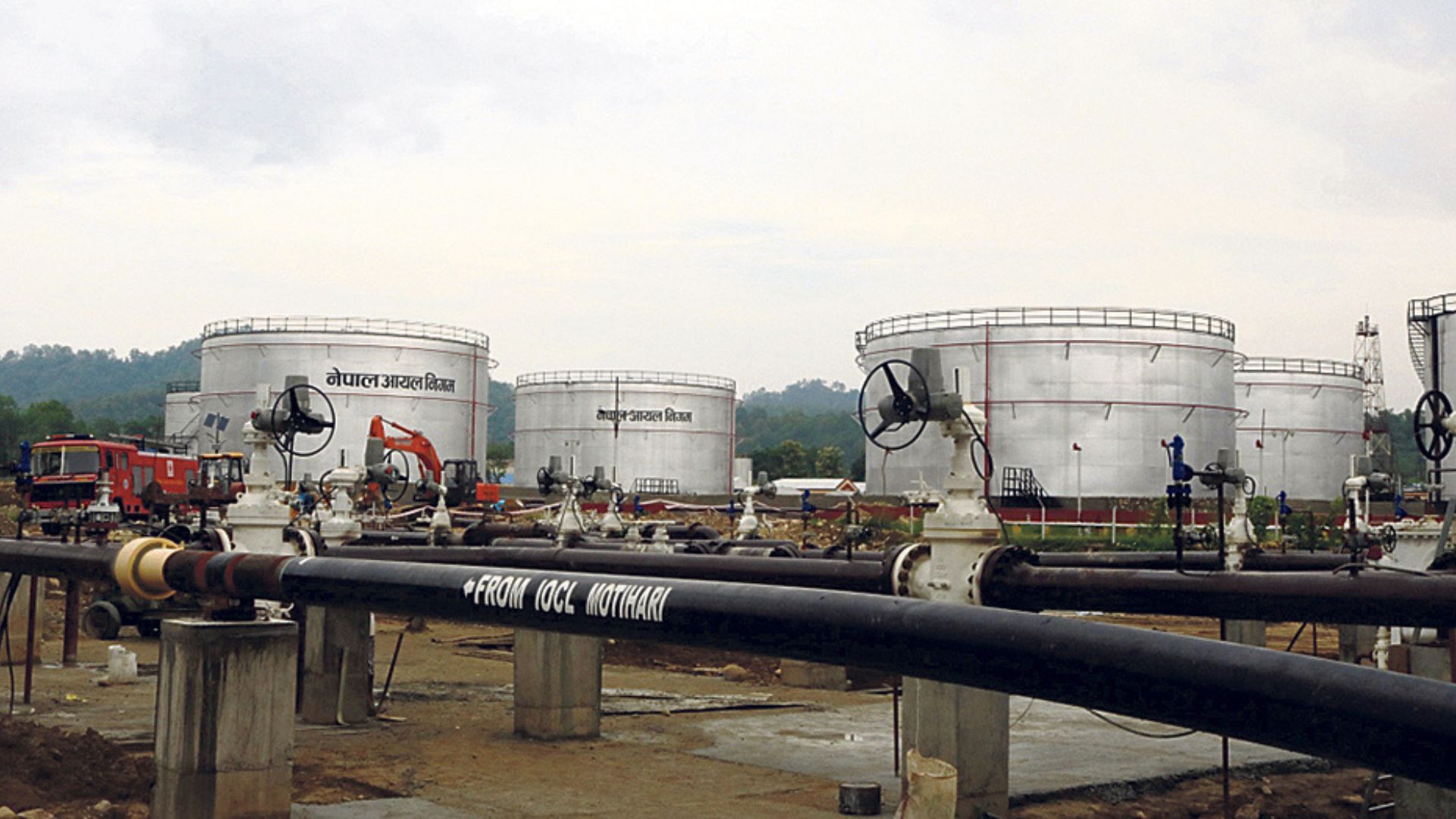
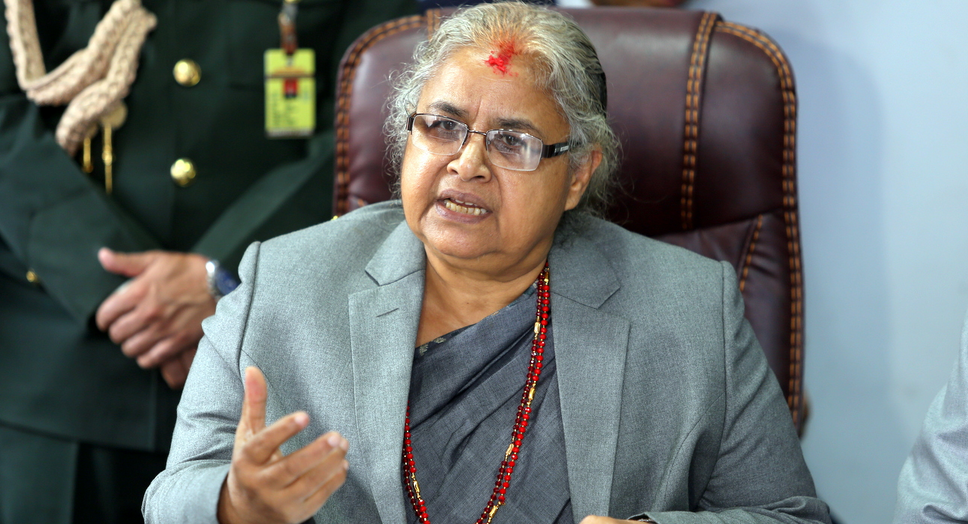



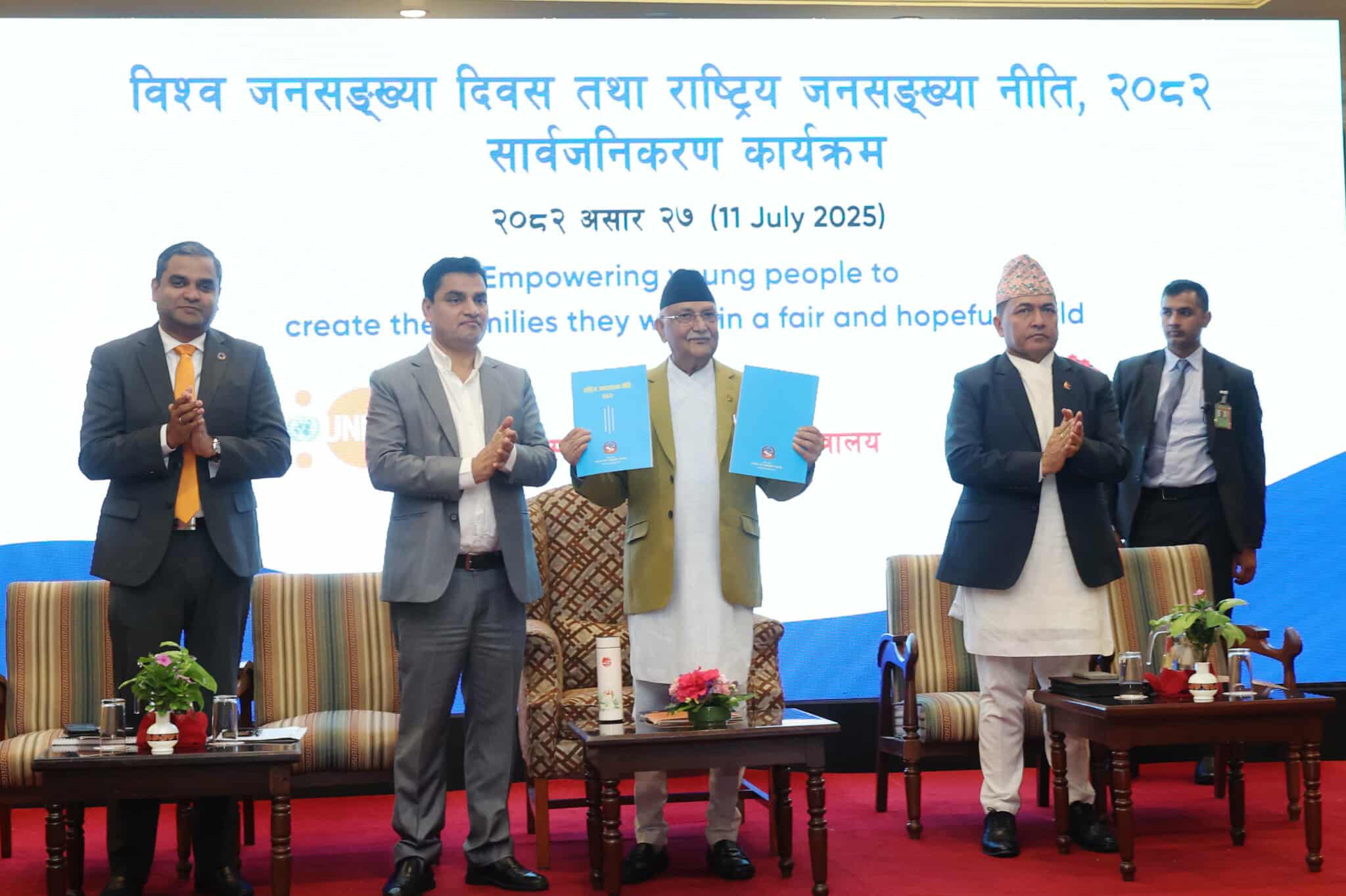



.jpg)
.jpg)
.jpg)
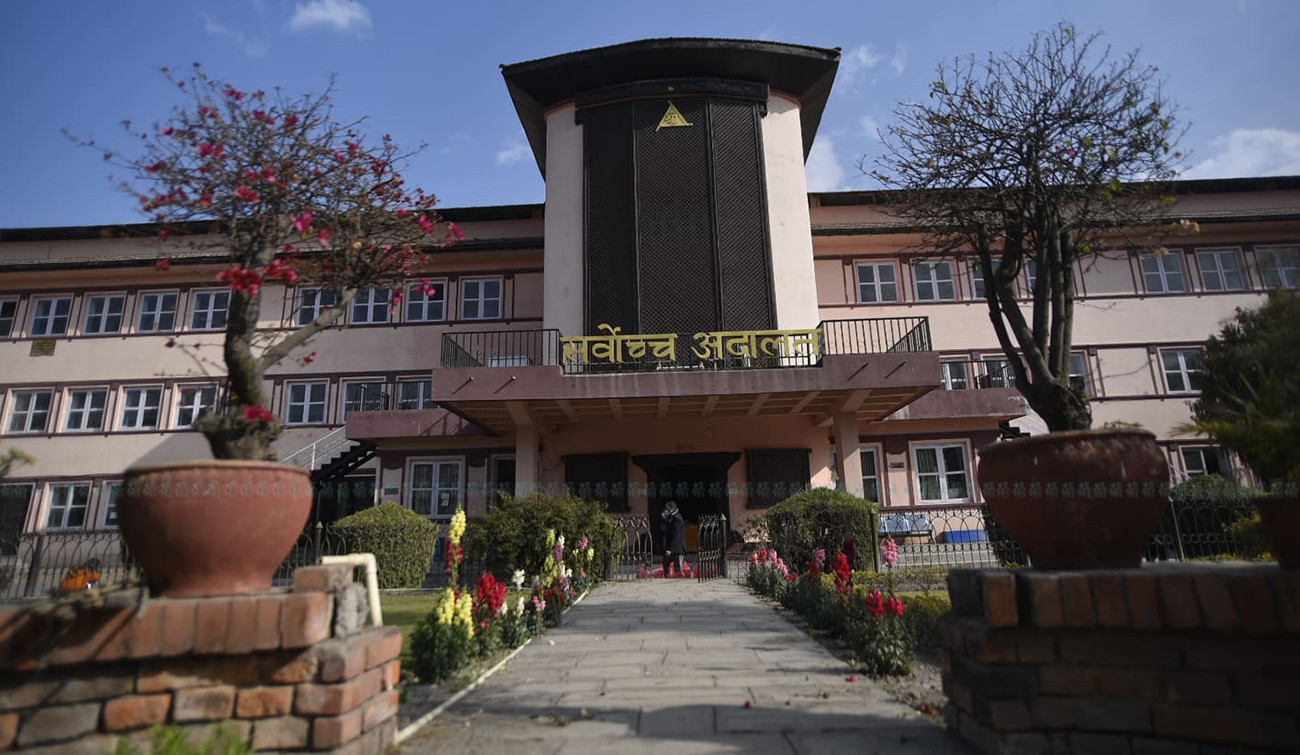
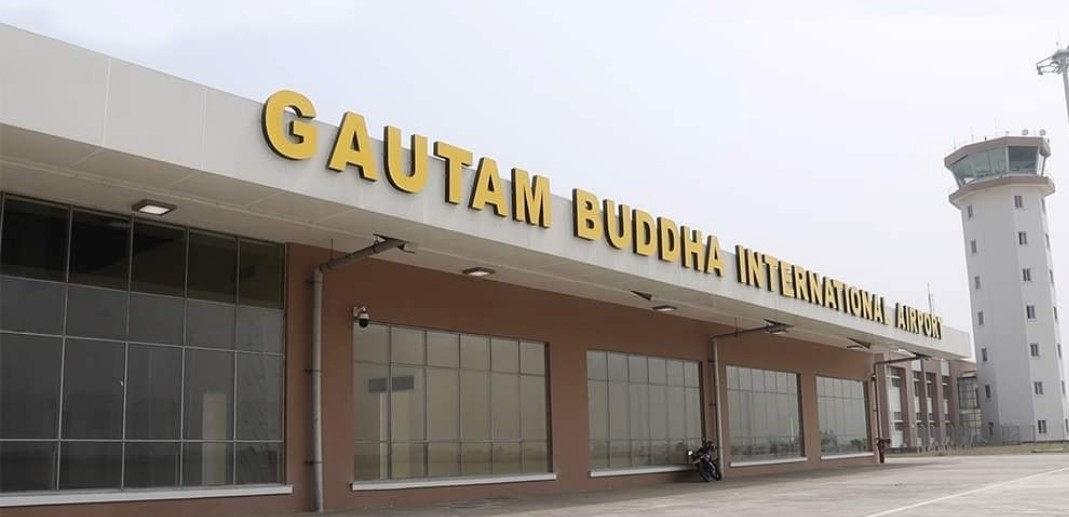

.jpeg)
.jpg)
.jpg)

.jpg)
.jpg)
.jpg)
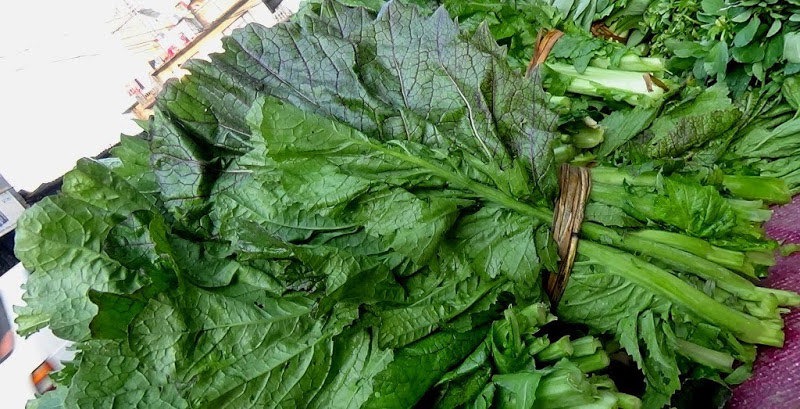
.jpg)
.jpg)
.jpg)

%20House%20of%20Representatives.jpg)